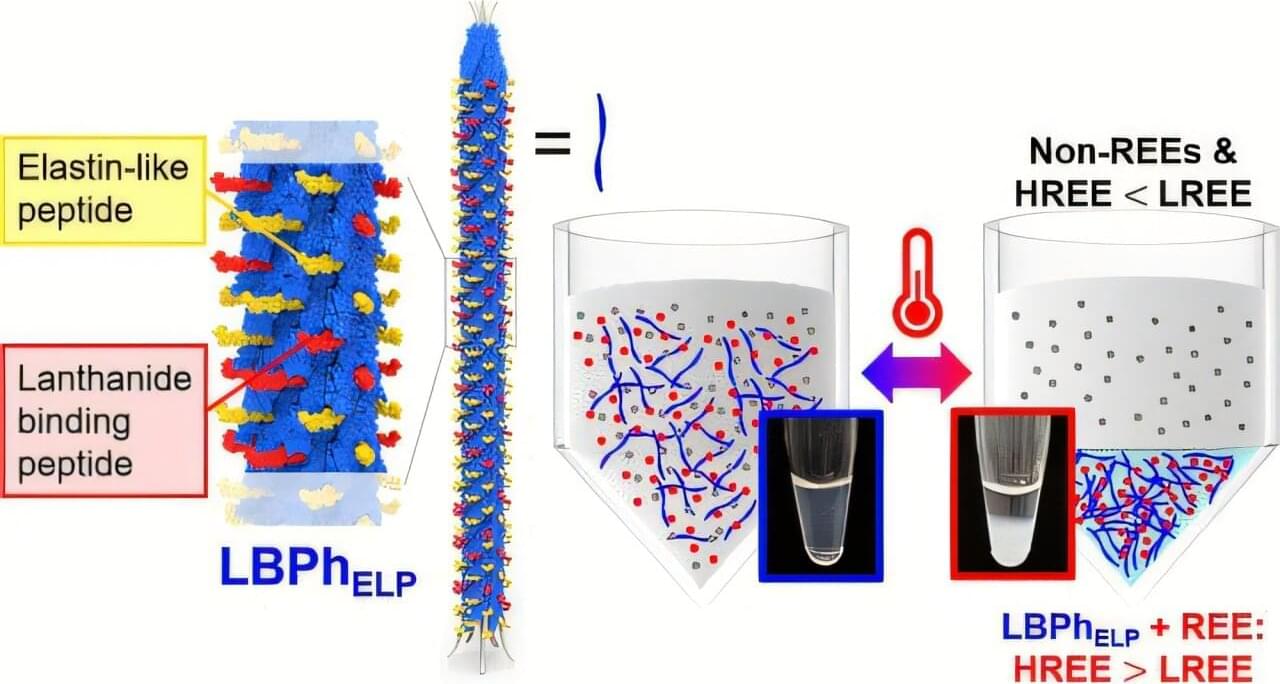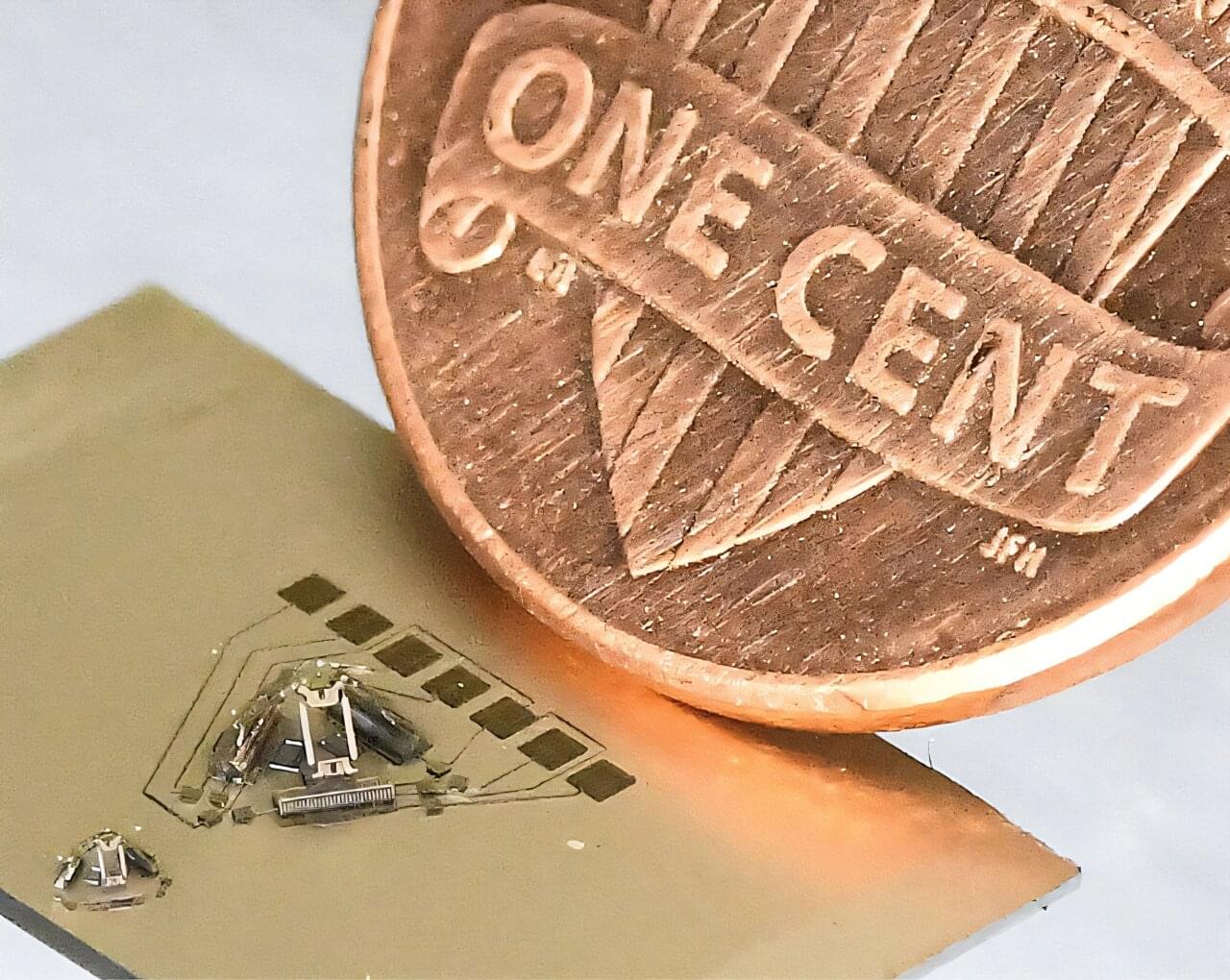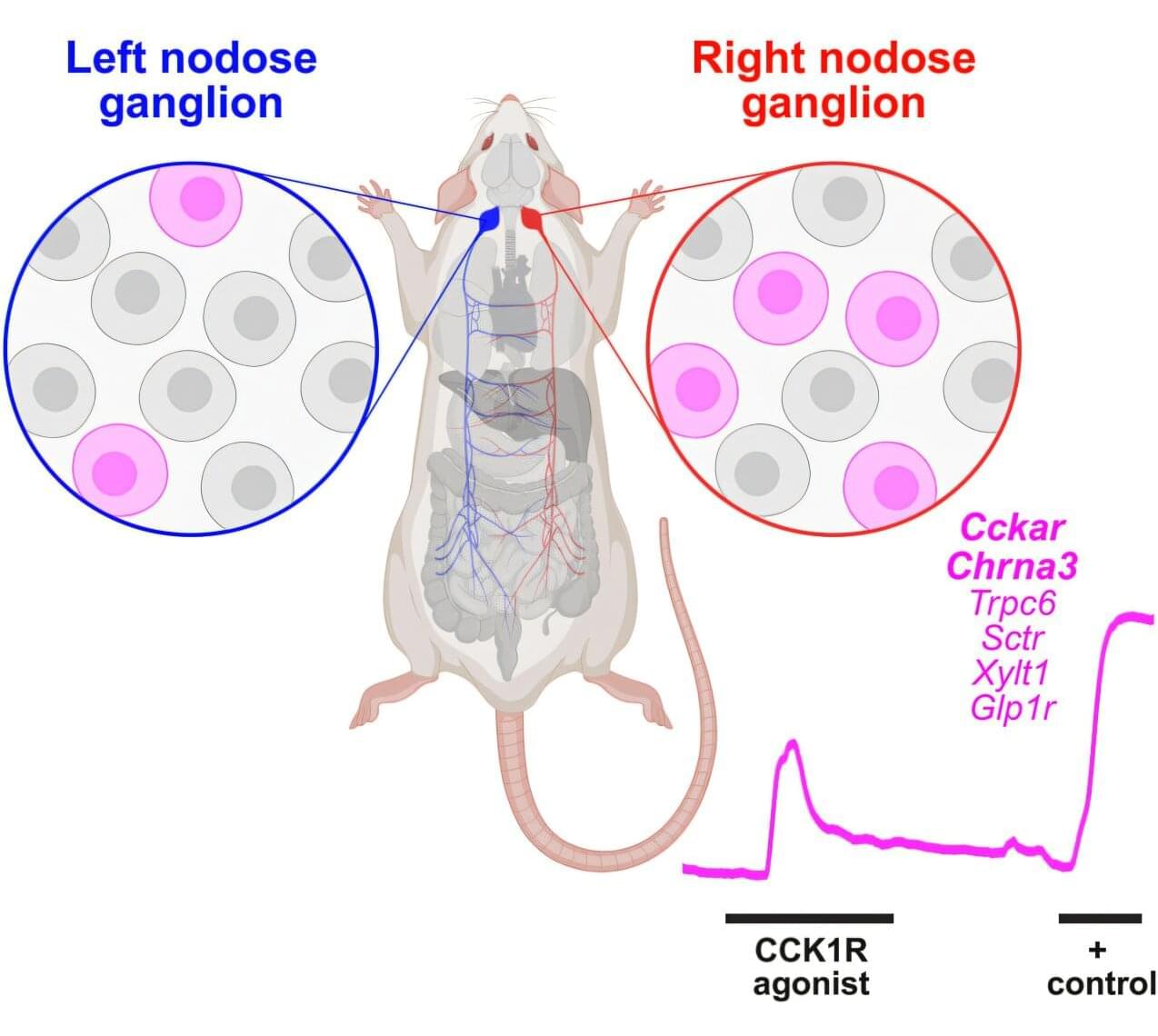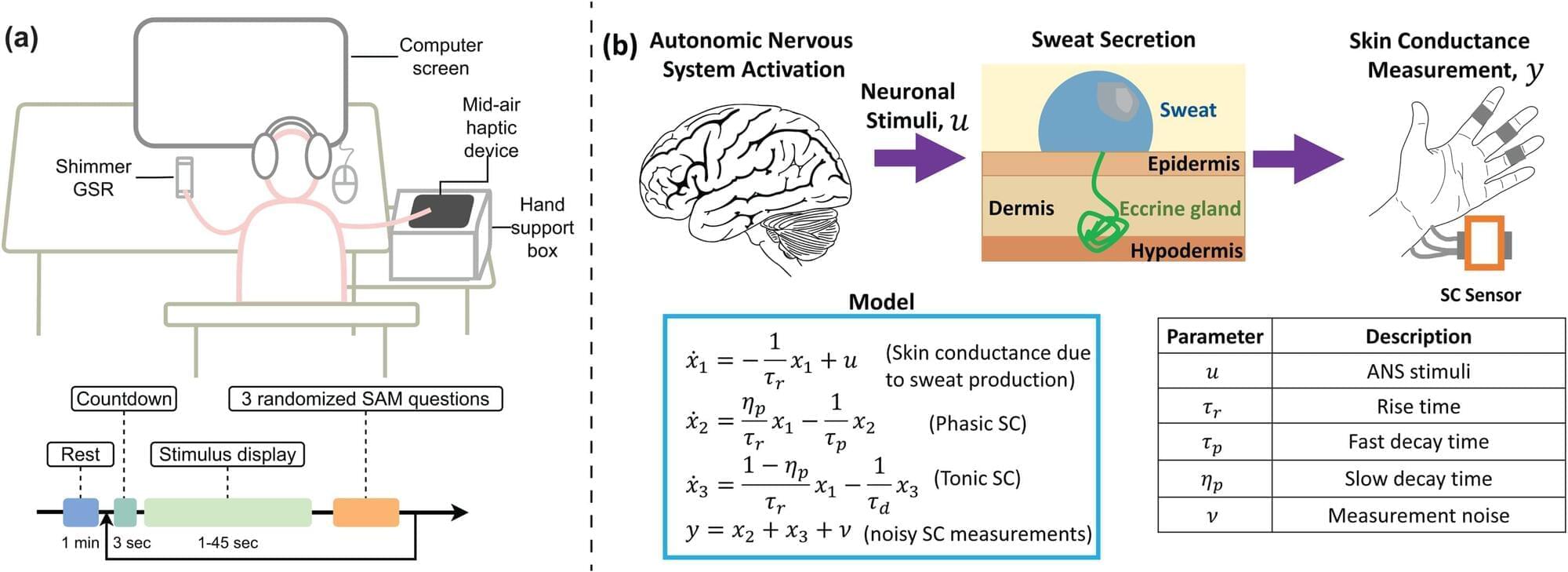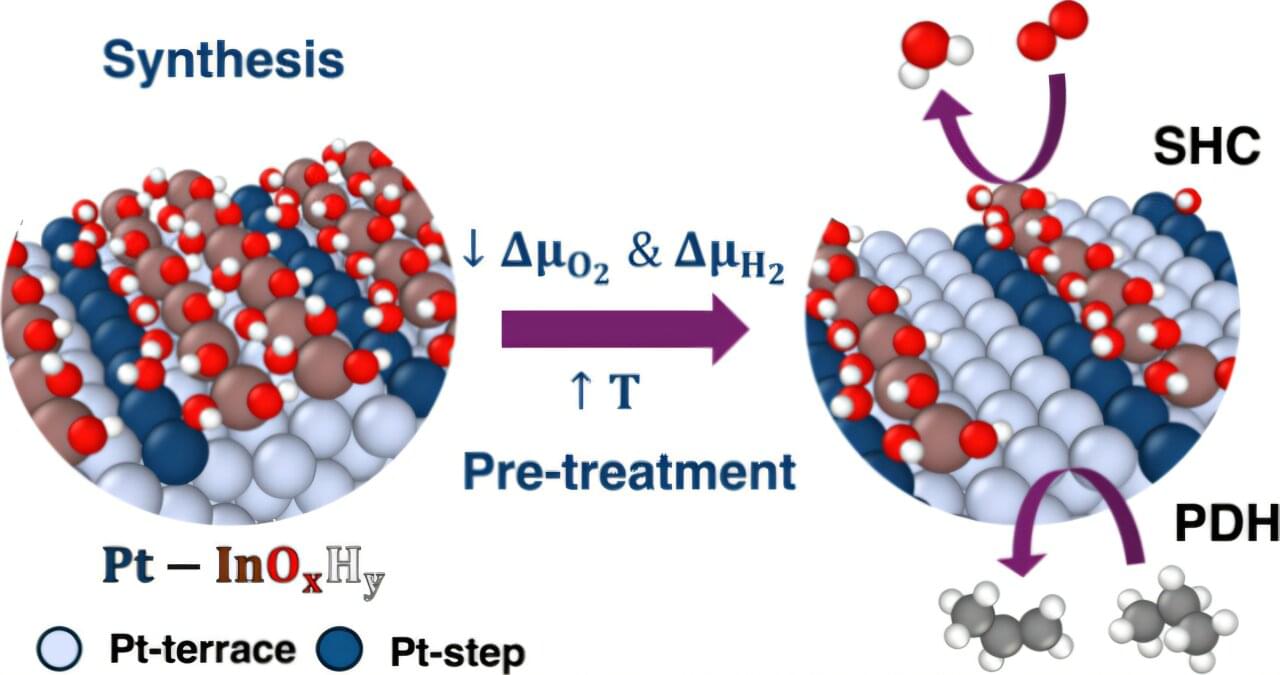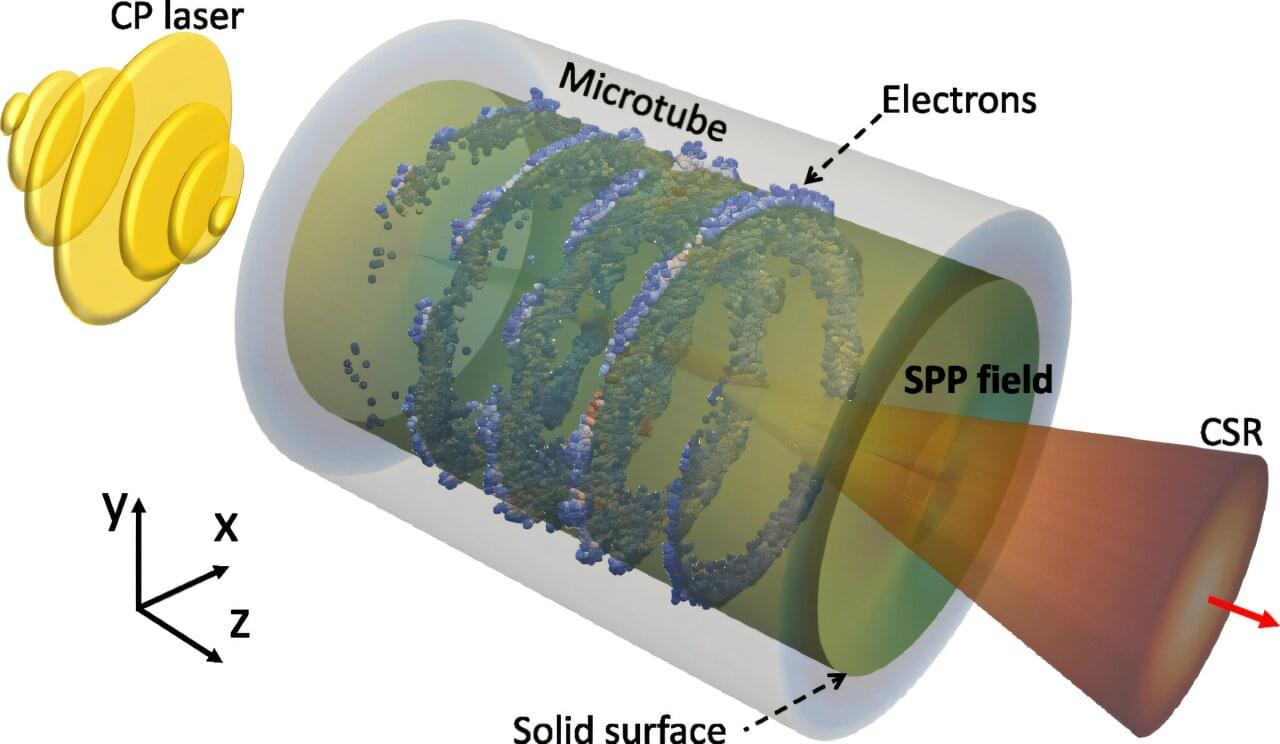Today’s high-tech electronics and green energy technologies would not function without rare earth elements (REEs). These 17 metals possess unique properties essential to creating items like the phosphors that illuminate our mobile phone displays and the powerful magnets used in electric vehicles and wind turbines. But extracting these substances from raw materials is a dirty process that relies on toxic chemicals and leaves behind polluted waste.
Now, a team of UC Berkeley-led researchers may have solved this problem—thanks to a tiny virus.
As reported in Nano Letters, the researchers genetically engineered a harmless virus to act like a “smart sponge” that grabs rare earth metals from water, and, with a gentle change in temperature and acidity (pH), releases them for collection. Their unusual, groundbreaking approach could lead to a “clean” biological alternative to traditional extraction methods for REEs and other critical elements.
